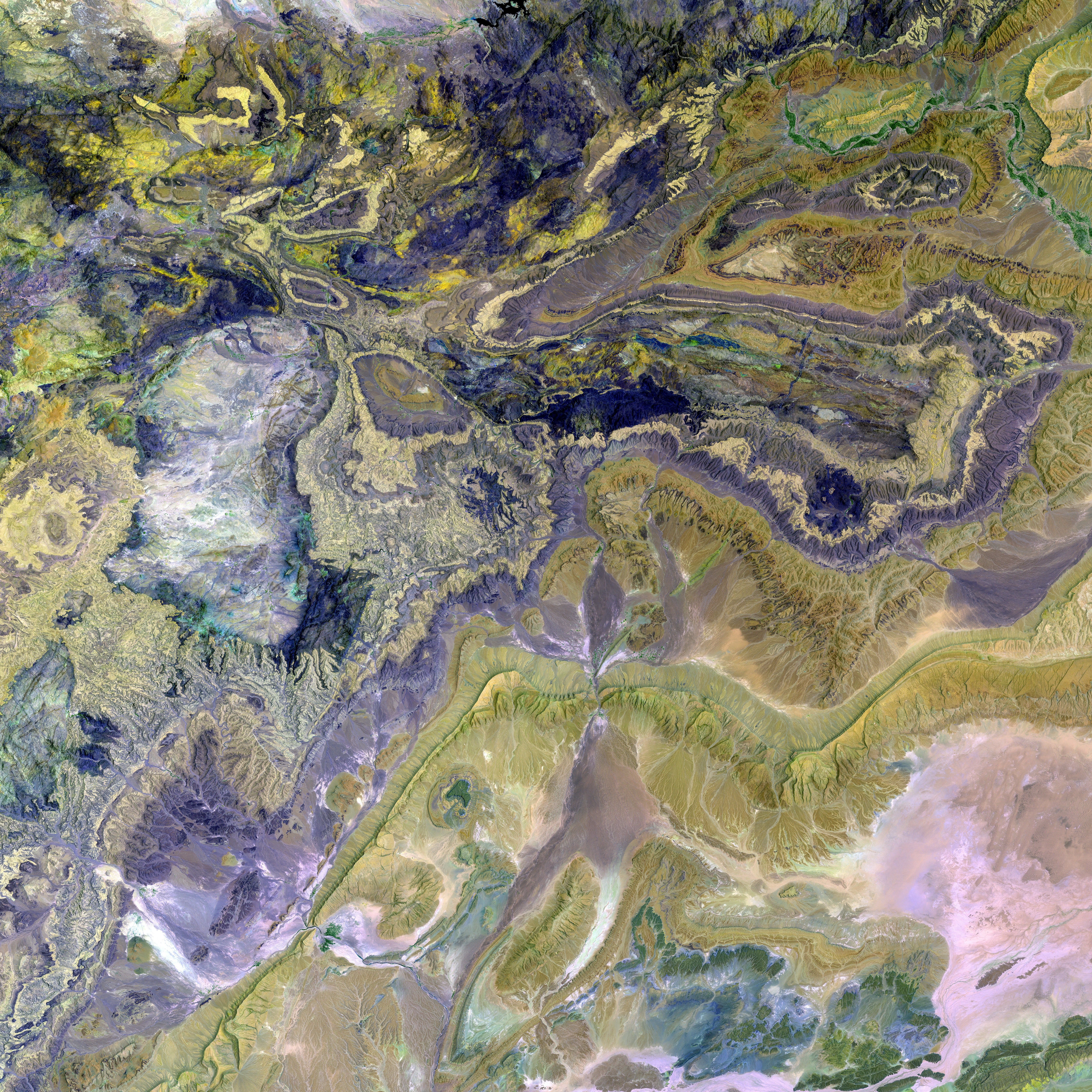Strategies for Reducing Animal-Train Accidents on Railways - Preventing Catastrophic Rail Mishaps: Strategies to Ensure Safety on the Tracks
In a pioneering initiative, Hesse's hunters and rail authorities are exploring ways to mitigate wild animal collisions on railway tracks. Findings from a pilot project are set to be unveiled at a meeting scheduled for Friday at 10:30 AM at the ICE route Frankfurt-Cologne, near Hünfelden in the Taunus region.
The project, involving Bahn and local hunters, has seen the installation of networked wildlife detectors that use acoustic and optical signals to alert trains well before their arrival. These detectors, placed strategically along the tracks, are a significant step towards averting catastrophic wildlife-related accidents.
These innovative systems, which employ ultrasonic sensors, AI-based optical fiber sensors, and deep learning technologies, can detect animals on or near railway tracks in real time. Upon detecting an animal, the system can alert train drivers, station masters, and control centers, thus enabling trains to slow down or stop before collisions occur.
Located over 200 meters away, these advanced environment perception sensors can operate effectively even in low visibility, offering increased reaction time for trains to take preventive actions. Such systems, like the Intrusion Detection System (IDS) developed by the Indian Railways in collaboration with forest ministries, not only detect animals but also monitor other hazards, enhancing overall railway safety.
In addition to these technological advancements, the collaboration between railway companies and local hunters plays a crucial role. Railway officials work closely with forest departments and hunters, who possess deep knowledge about wildlife behavior and movement patterns, to identify high-risk zones and times. This cooperative approach, leveraging local expertise, significantly boosts the effectiveness of wildlife protection systems and ensures prompt response when animals approach tracks.
The success of this approach is evidenced by the resolution of a hotspot for accidents near Niedernhausen in the Taunus. Such accidents have severe implications, ranging from extensive animal suffering to emergency braking, lengthy inspections, and significant train delays.
The integration of advanced wildlife detection technologies and local collaboration represents a comprehensive, effective strategy for preventing wild animal accidents on railway tracks. This synergy holds the potential to detect wild animals early on tracks with high accuracy, alert train operators and control systems immediately, reduce collisions, and implement proactive safety measures based on wildlife movement insights.
- The community policy for the Taunus region, centered around the collaboration between Bahn and local hunters, includes the installation of advanced wildlife detection systems in the finance sector, aiming to minimize accidents in the transportation industry, particularly those involving fisheries.
- The distributed network of wildlife detectors, employing ultrasonic sensors, AI-based optical fiber sensors, and deep learning technologies, not only serves the fisheries but also contributes to the finance sector by reducing potential losses due to train disruptions and animal casualties in the transportation industry.








